Electromagnetics Blog Posts
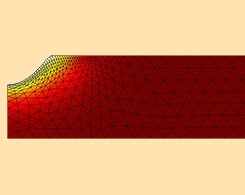
Modeling Thermal Ablation for Material Removal
When certain materials are heated to a certain point, they go directly from the solid to the gas phase in a process called ablation. Learn how to model the thermal ablation process here.
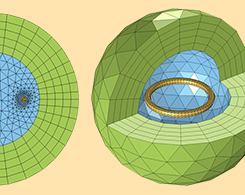
How to Choose Between Boundary Conditions for Coil Modeling
3 approaches for truncating a domain when modeling an EM coil in free space: the Magnetic Insulation and Perfect Magnetic Conductor boundary conditions as well as the infinite element domain.

Accessing External Material Models for Magnetic Simulations
Get a demonstration of how access external material models for EM simulations with a hysteresis example. Plus, get an overview of the available functionality for modeling ferromagnetic materials.
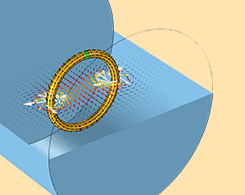
Modeling Coils in the AC/DC Module
A key concept when it comes to coil modeling is closing the current loop. Learn how to do so when modeling coils using the AC/DC Module and COMSOL Multiphysics®.
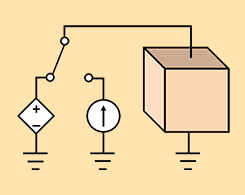
Control Current and Voltage Sources with the AC/DC Module
Did you know that you can use the Terminal boundary condition to dynamically switch between excitation types during a transient simulation? This is useful for modeling power supply, for example.
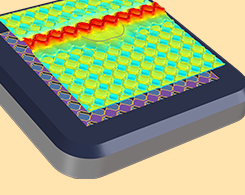
Streamlining Capacitive Touchscreen Design with Apps
In this comprehensive blog post, we discuss the different design considerations for capacitive touchscreens and how simulation apps can be used to streamline their design workflow.
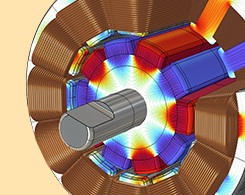
Guidelines for Modeling Rotating Machines in 3D
Learn how to use the Rotating Machinery, Magnetic interface in COMSOL Multiphysics® to model a 3D generator, and then compare our results with an analogous 2D model. Part 2 of 2.
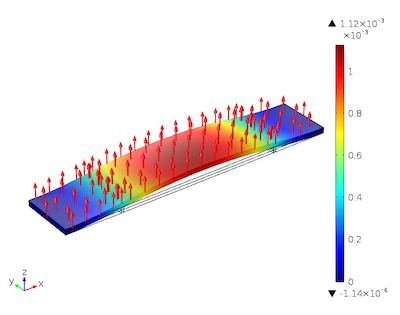
Simulation Improves Range of Motion in Piezoelectric Actuators
We highlight 1.) some of the fundamental elements of piezoelectric theory and basic simulations and 2.) a novel design for improving the range of motion for piezoelectric actuators.
